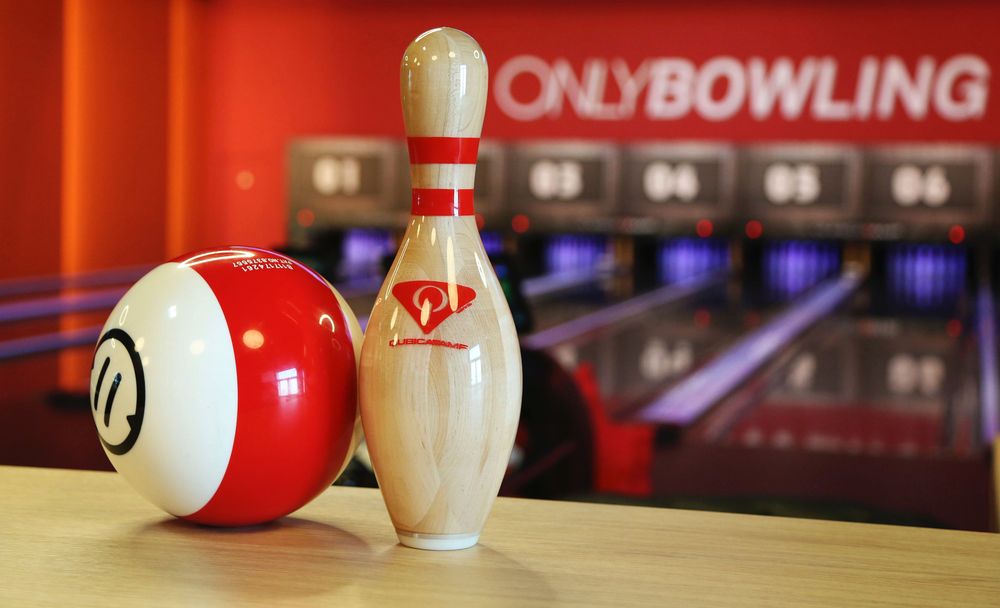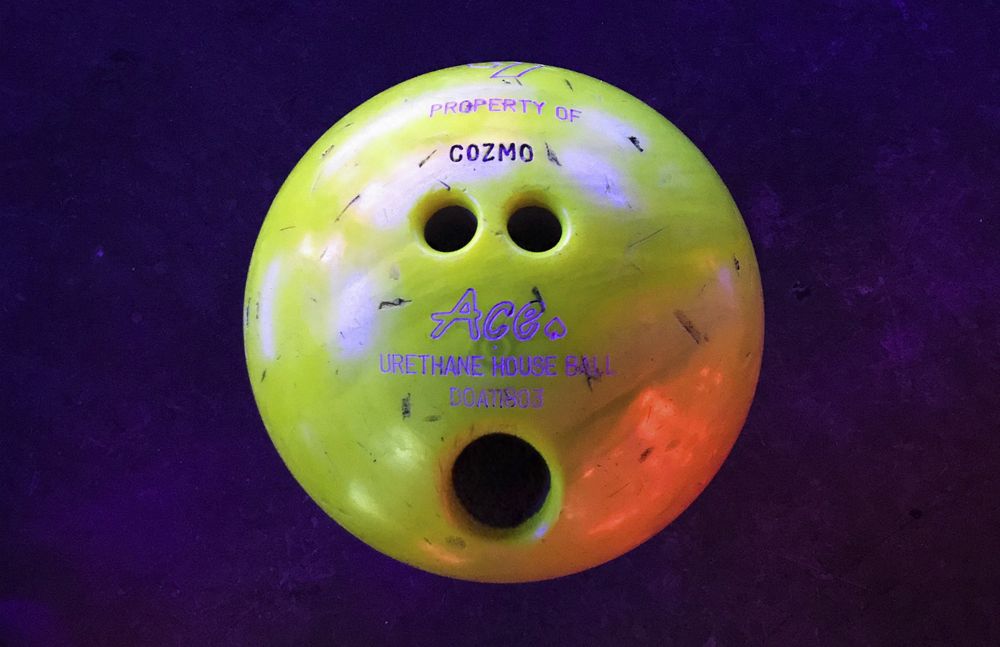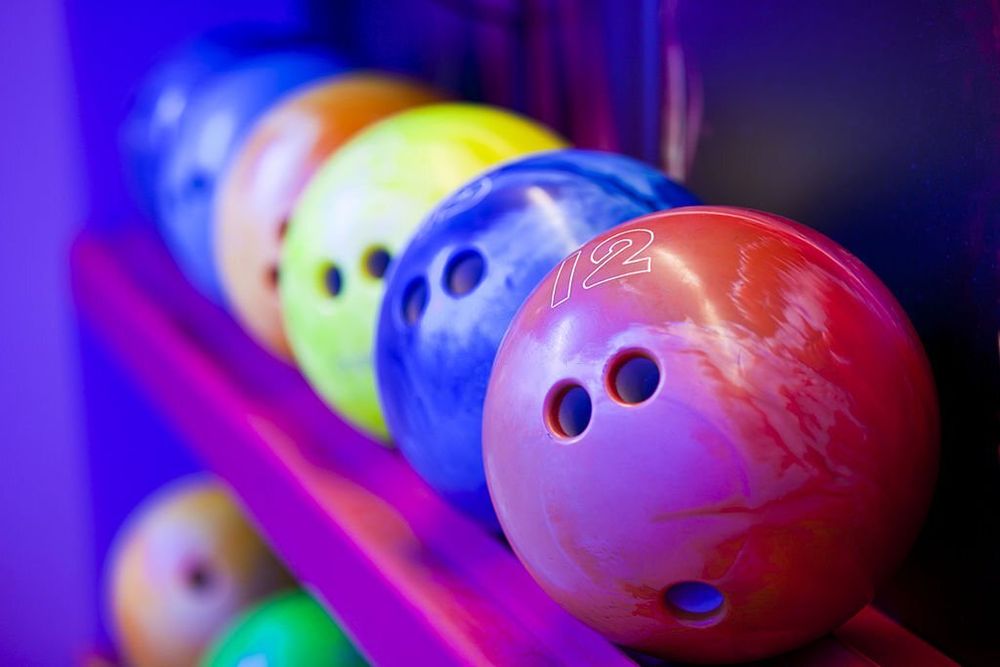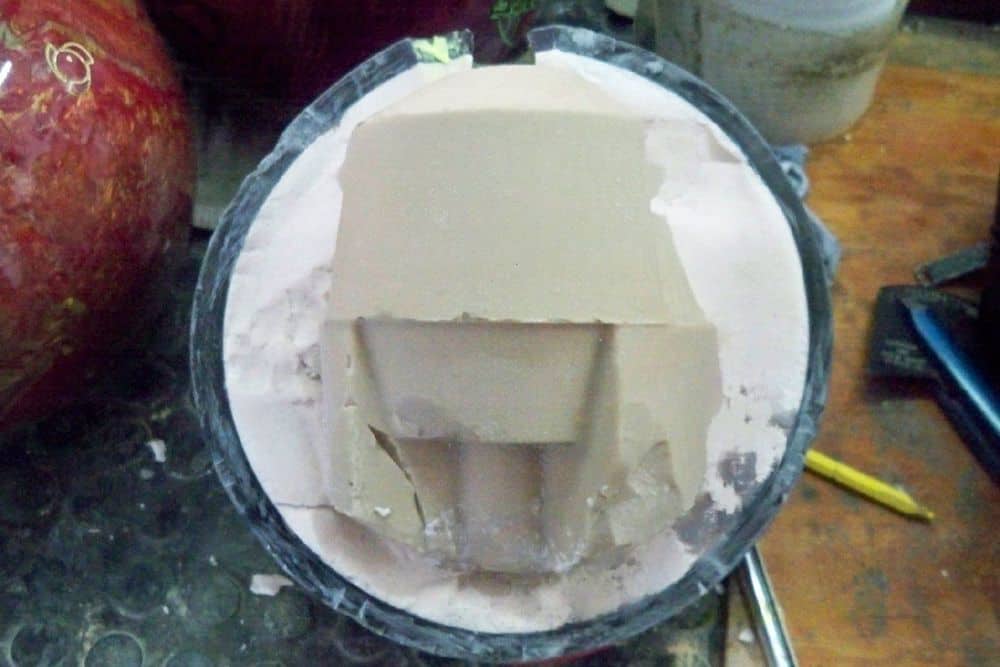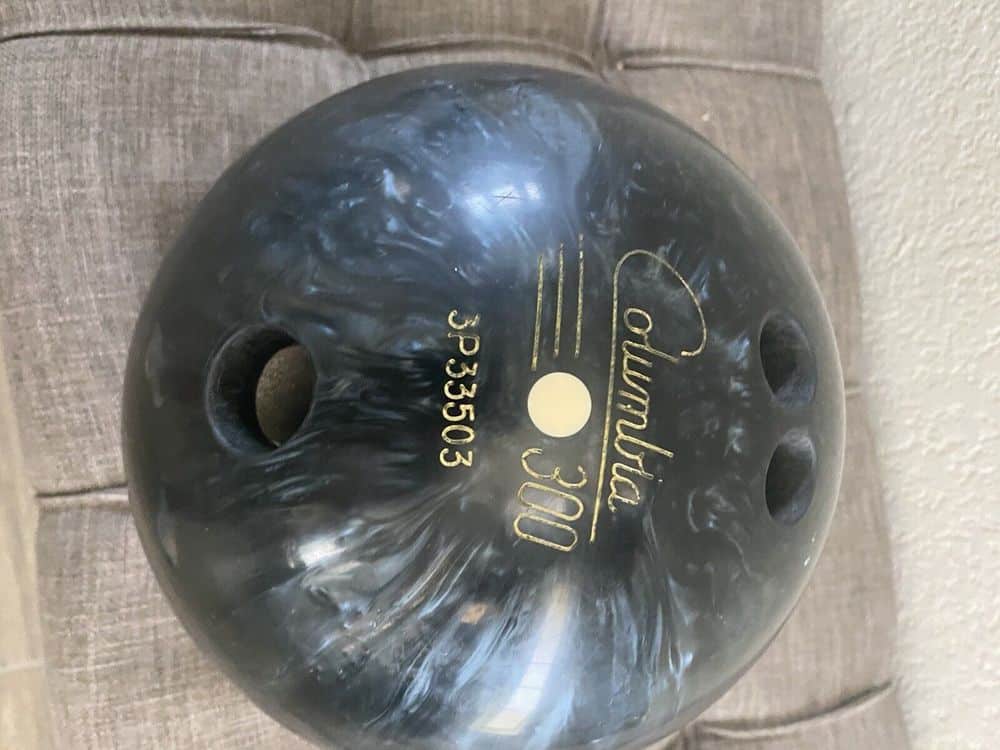Do you ever feel like your bowling ball just isn’t performing like it used to? Maybe the grip isn’t as strong or the weight distribution feels off. Before you give up on your trusty ball, consider plugging it.
Plugging a bowling ball involves filling in holes from previous drilling and redrilling new ones, which can potentially improve its performance. But does plugging really make a difference?
In this article, we’ll take an in-depth look at the process of plugging a bowling ball and how it affects weight distribution, grip, and release. We’ll also compare plugged vs. unplugged balls to see if there’s a noticeable difference in performance. Ultimately, we hope to provide you with enough information to make an informed decision about whether or not to plug your own bowling ball.
Understanding the Process of Plugging a Bowling Ball
Let’s dive into how the pros give their trusted bowling balls a little facelift. When bowlers talk about ‘plugging’ a ball, they mean filling in holes that were previously drilled and then redrilling new ones to better fit the owner’s hand. This process is necessary when a bowler changes their grip or experiences discomfort while rolling.
Drilling techniques are an essential part of plugging a ball because they determine where the new holes will be placed. There are several variations in drilling techniques that can affect your performance on the lanes. For example, if you want more hook potential, you could opt for an asymmetrical layout instead of a symmetrical one.
The angle and depth of each hole also play crucial roles in determining how your ball reacts to different lane conditions. Filling materials are another critical factor in plugging a ball because they affect its overall weight distribution and balance. Epoxy resin is typically used to fill the old holes as it adheres well to most types of bowling balls and has excellent durability.
However, if you’re looking for something more lightweight, there are other options available such as polyurethane foam or cork that can be used instead of epoxy resin. If you’re curious about how to DIY plug your bowling ball, check out some online tutorials for step-by-step instructions!
The Impact of Plugging on Weight Distribution
You can enhance the weight distribution of your bowling equipment by utilizing the plugging technique. Plugging is a process that involves removing material from the ball’s core and filling it with fresh material to adjust its weight distribution. By doing so, you can ensure that your ball rolls more consistently and predictably on the lane.
Drilling techniques play a crucial role in determining how well your ball performs after it has been plugged. The placement of the holes affects not only how much weight is redistributed but also how quickly the ball responds to different lane conditions. Consequently, it’s important to work with an experienced driller who understands these nuances and can recommend the best drilling pattern for your style of play.
Ball surface modifications are another factor that can influence performance after plugging. Depending on which type of cover stock you choose, you may need to make additional adjustments to compensate for changes in friction or hook potential. This is especially true if you switch between different types of lanes or face varying oil patterns during competition.
By understanding how these factors interact with one another, you can fine-tune your equipment to maximize its potential on any given day without sacrificing consistency or accuracy. Overall, plugging a bowling ball can have a significant impact on its performance if done correctly. So whether you’re just starting out as a beginner or looking to take your game to the next level as an advanced player, consider giving plugging a try and see what kind of difference it makes for yourself!
The Effect of Plugging on Grip and Release
When you plug your ball, you’ll notice an improvement in your grip and release that’ll make you feel like a fish in water. The thumb hole modification and finger hole enlargement result in a smoother fit for your fingers, allowing for better control of the ball during release.
With a more secure grip, you can focus on making accurate throws without worrying about the ball slipping out of your hand. Additionally, plugging your ball can also improve the consistency of your release. By modifying the thumb and finger holes to fit snugly around your digits, you can establish a consistent hand position every time you throw.
This stability leads to more precise movements and improved accuracy. Overall, plugging your bowling ball has numerous benefits that enhance its performance on the lanes. Not only does it provide a better grip and consistent release, but it also gives bowlers greater confidence in their abilities.
So if you’re looking for an edge in improving your game, consider having your ball plugged by a professional to see how it can positively impact your performance.
Comparing Plugged vs. Unplugged Bowling Balls
Comparing plugged and unplugged bowling balls reveals the impact of modifications on grip, release, and accuracy. When a ball is unplugged, it retains its original surface texture and oil absorption capabilities. As a result, the ball reaction may vary depending on lane conditions.
For example, an unplugged ball with high oil absorption could slide too far down the lane before encountering friction, causing it to lose momentum and hook less than desired. On the other hand, a plugged bowling ball can provide greater consistency in terms of grip and release. The plug material fills in any holes or cracks that may have formed over time due to use or damage. This process ensures that the ball’s weight distribution remains constant throughout its life span.
As a result, plugged balls tend to offer better control for bowlers who rely on consistent delivery techniques. However, it’s important to note that plugging a bowling ball doesn’t necessarily guarantee improved performance for all players. Ball reaction depends not only on surface texture and oil absorption but also on individual play style and physical attributes such as speed and rev rate.
Therefore, bowlers should experiment with both plugged and unplugged balls under different lane conditions to determine which option works best for their game.
Factors to Consider When Deciding Whether to Plug Your Bowling Ball
Before you decide whether to plug your bowling ball, consider factors such as maintenance frequency, cost benefit, and age of the ball.
Maintenance frequency is a crucial factor because it affects how long your ball lasts. If you bowl frequently or compete in leagues, then you’ll need to maintain your ball more often than someone who bowls once a month.
The cost-benefit analysis is another key factor because plugging a ball can be expensive, and it may not always be worth the investment.
Additionally, age plays a significant role in determining whether or not to plug your bowling ball. Over time, bowling balls lose their original shape due to wear and tear from use on the lanes. This can cause the ball to hook differently than before or become less effective overall.
If you notice that your older bowling ball isn’t performing as well as it used to despite routine maintenance efforts, then plugging may be necessary for optimal performance.
Ultimately, whether or not to plug your bowling ball depends on several factors such as frequency of use, cost-benefit analysis, and age of the ball. It’s essential to weigh these factors carefully since plugging can be expensive yet yield great results if done correctly by professionals with experience in this field.
In conclusion, keep in mind that regular maintenance is crucial for extending the life of any bowling balls regardless of whether they’re plugged or unplugged.
Conclusion
So, does plugging a bowling ball affect performance? The answer is yes and no.
Plugging a bowling ball can have both positive and negative effects on its performance depending on various factors such as weight distribution, grip, release, and the player’s personal preferences.
On one hand, plugging can help redistribute the weight of the ball more evenly, improving its overall balance and reducing unwanted hook potential.
On the other hand, it could also alter the ball’s original core shape and potentially weaken its overall structure.
Overall, deciding whether to plug your bowling ball or not requires careful consideration of these factors as well as consulting with a professional if necessary.
Like throwing a strike in bowling, finding that perfect balance between plugged vs unplugged is like walking on a tightrope – it requires focus, precision and patience all at once.
But once you’ve found that sweet spot – it’s like hitting that perfect shot; smooth as silk with effortless grace!

